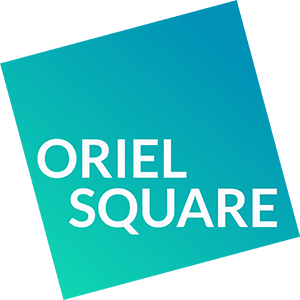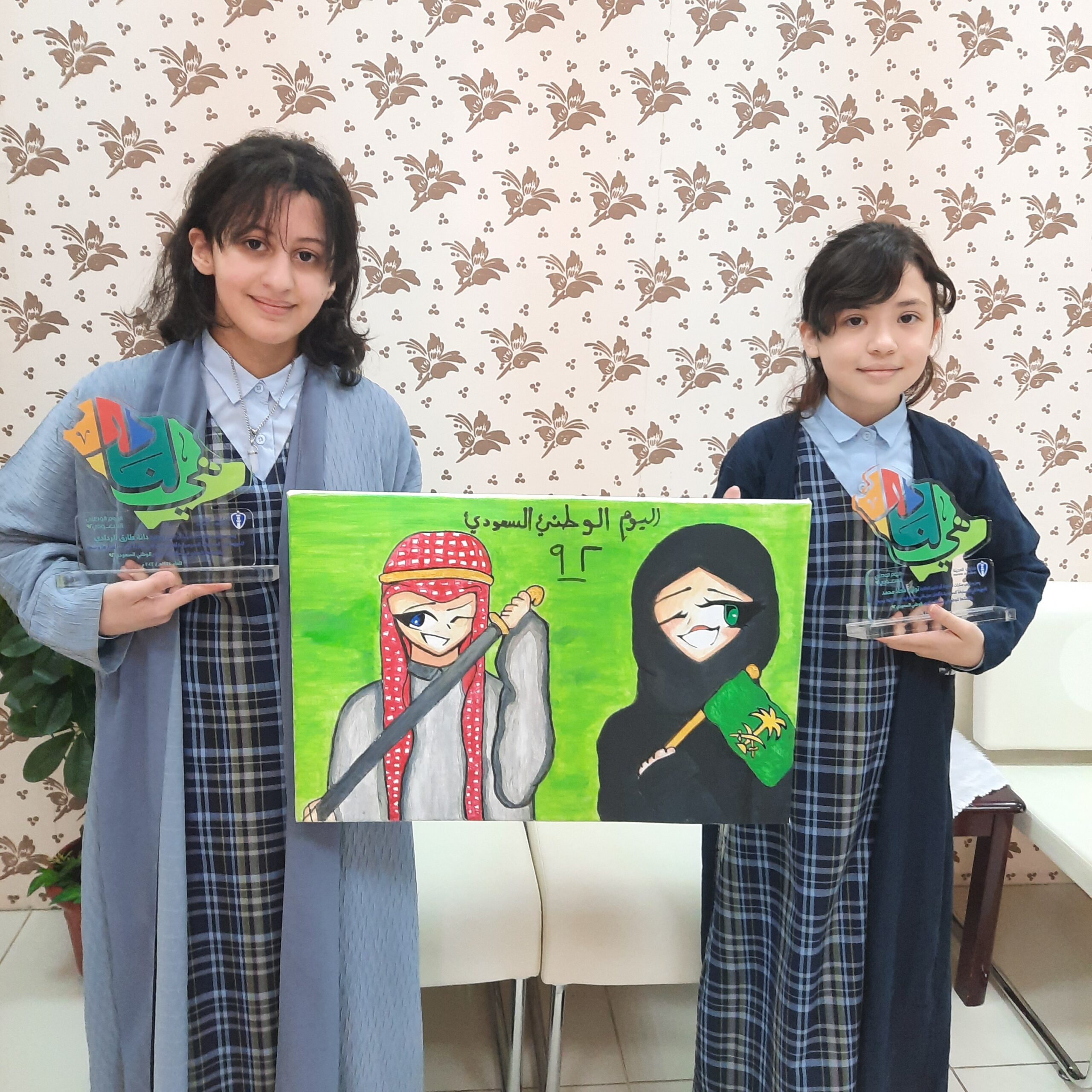On a recent visit to Saudi Arabia, I visited the independent school Manarat Al-Madinah International School in the bustling and holy city of Medina. I spoke to teachers and female students about educational resources, the emergence of EdTech during COVID-19 and the experiences of young girls in a Saudi school.
How is the school organised?
Manarat Al-Madinah International School is under the umbrella of Maarif Education, an educational institution with 14 educational complexes across Saudi Arabia. The organisational structure of the school emulates the US grade structure. However, unlike the American system, which separates school grades into elementary, middle and high school, Manarat Al-Madinah International School provides educational provision for students from kindergarten to Grade 12 in one institution. These students are subsequently separated into different buildings according to the grade they’re in. The school provides education services for boys and girls. At kindergarten level, classes are mixed gender – students are separated by gender in the older years. In Grades 1-3, boys and girls are taught in separate buildings but by the same female teachers. At Grade 4 level, the boys are transferred to the male building.
The school adopts a unified approach to education, with teachers from the male and female sections of the school coordinating with each other to make class-facing resources.
Despite this, all students learn from the same curriculum. The school adopts a unified approach to education, with teachers from the male and female sections of the school coordinating with each other to make class-facing resources, for example. This ensures the education is consistent across the school and allows teachers to share teaching strategies from different classrooms.
With the oldest university in the world having been founded by a Muslim woman, Fatima al-Fihri, Manarat Al-Madinah International School upholds the importance of female education in the Middle East, and prides itself on exceptional female academic performance. Students across the school can take advantage of extracurricular opportunities, such as the entrepreneurial summer programmes, which ‘aim to cultivate a generation of qualified entrepreneurs and instructors’, encouraging young women to be included in a space that has been notoriously male-dominated.
What impact has COVID-19 had?
The Principal of the Girls’ School, Mrs Manal Noor, spoke about the challenges that COVID-19 created for schools and the resulting impact of EdTech on learning. Much like in the UK, teachers and students were forced to quickly adapt to virtual teaching and learning. Principal Noor emphasised the importance of open communication between students, teachers and parents to ensure students were given the support they needed. One way Manarat Al-Madinah International School does this is through using Maarif Portal, which aims to optimise the delivery of e-learning and improve students’ engagement with the curriculum from home.
In my discussion with Executive Education Officer, Mr Karl Coutet, he detailed how teachers have adjusted to EdTech. He said that the evolution of tech-supported learning has been accelerated by COVID-19 and subsequent lockdown learning. Mr Coutet also emphasised that platforms, such as Literacy Planet and BravoBravo Arabic, continue to facilitate teaching, even now students are back in the classroom. Both these platforms focus on combining learning with gaming. Literacy Planet creates a thrill-seeking educational environment ‘which cuts through learning distractions faced by today’s students’. Similarly, BravoBravo Arabic keeps students engaged whilst learning by using gaming elements that include progression, rewards and upgrades. Gaming in education means that students are learning on an interface that may be familiar to them, while keeping them engaged and excited about learning new concepts.
Gaming in education means that students are learning on an interface that may be familiar to them.
What educational resources are students using in the classroom?
Although EdTech is growing in popularity, print resources are still the main resources used at Manarat Al-Madinah International School. I visited the vibrant and enthusiastic class of Grade 7 and spoke to the girls about the educational resources they use in school and their thoughts on what makes a good resource.
All the students in the Grade 7 class had a copy of the Pearson ELA curriculum resource ‘myPerspectives’. One student discussed how she found the resource useful for challenging her comprehension skills by discussing literary extracts from the likes of Leo Tolstoy and Maya Angelou. She emphasised that a good educational resource is one that doesn’t overwhelm a student with information, and has a gradual increase in difficulty to facilitate a student’s learning experience.
A good educational resource is one that doesn’t overwhelm a student with information.
Maarif Education is keen to uplift and inspire young Saudi women beyond the curriculum. For example, the Manarat Al Riyadh International Schools organised a TEDx talk in cooperation with the Royal Commission for Riyadh City. This event provided young Saudi women with an international platform to engage with initiatives in the region and share their creative ideas. This attitude is reflected in the classroom, where students are encouraged to explore their creativity. One student recited a poem she had written ‘to incite emotion and instil thought-provoking notions in her readers’ minds’, having been inspired by a poetry assignment.
The holy city of Medina is often referred to as Al Madinah Al Munawarrah (المدينة المنورة) which can be loosely translated as ‘The Enlightened City’. I find it a fitting symbol to reflect this school’s dedication to illuminating minds with knowledge through innovative educational strategies. Speaking to the young girls here was an enlightening experience and one that confirmed that Manarat Al-Madinah International School does right, not only by its students, but by its beautiful city too.

